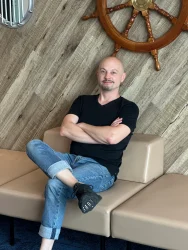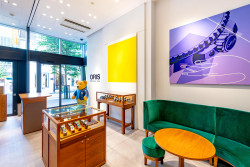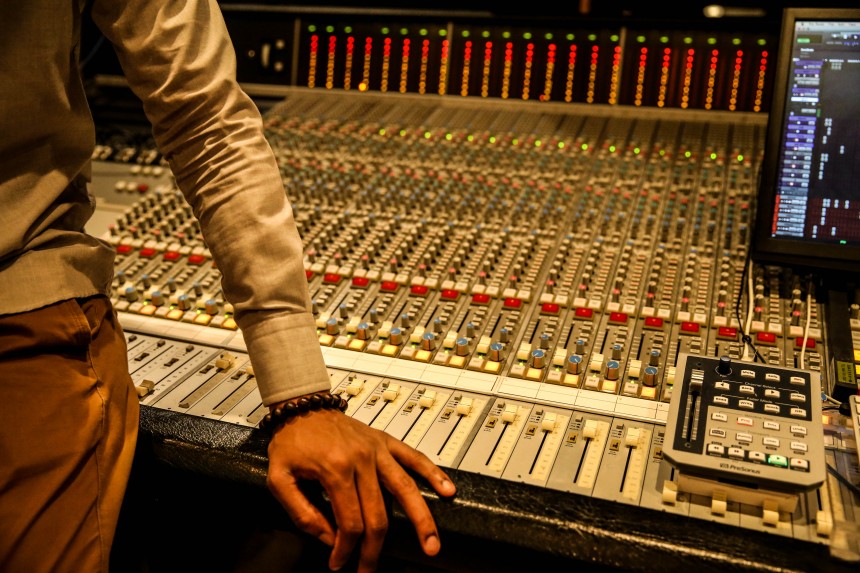
January 11, 2019
Engineered Sounds
Frenchman Gregory Germain talks shop about his experiences working with Japan’s musical elite
By Brian Durr
“A perfect mix is a mix made by instinct; made quickly without thinking too much. When you start thinking you’re doomed. It has to sound good in the first five seconds and catch your attention in a blink of an eye.”
Most casual modern-day music fans may be familiar with the role a producer plays in a pop song. For several decades now, producers have actually become pop stars themselves as demonstrated with artists like Pharrell Williams, Dr. Dre and Kanye West. But does the everyday fan know the role a studio engineer plays in shaping contemporary music? How does your new favorite song actually come to sound the way that it does when it’s completed?
Gregory Germain works in Tokyo as the house audio engineer for the production, songwriting and publishing management house DIGZ. The main production unit of which he is a member, Digz Creative, has worked with some of the biggest contemporary pop artists in Japan including Kumi Koda, Exile, Riri & BananaLemon. In addition to engineering projects for both in-house and outside artists, Germain works on recording sessions for anime, video games, TV shows and commercials.
Originally from France, Germain traces his involvement with Japanese pop culture back to his childhood days. “Japanese animation was everywhere on TV,” he explains. “When Japanese animation started to disappear from TV broadcasts due to political reasons, fans like me started to go to small underground shops in Paris for imported anime, manga and finally the soundtracks to the series themselves, which led me to discover J-Pop.”
Aside from Japanese artists such as Hikaru Utada, Chara and L’Arc en Ciel, Germain’s musical inspiration has also been deeply affected by the early 90s trip hop heavyweights. “[Artists like] Massive Attack, Smith & Mighty, Mandalay, Portishead…trip hop was the innovative music back when I was a teenager.” He elaborates on how trip hop helped to expand his sense of musical boundaries: “It brought me to listen to more music in different genres while paying attention to how music is produced and conceived.”
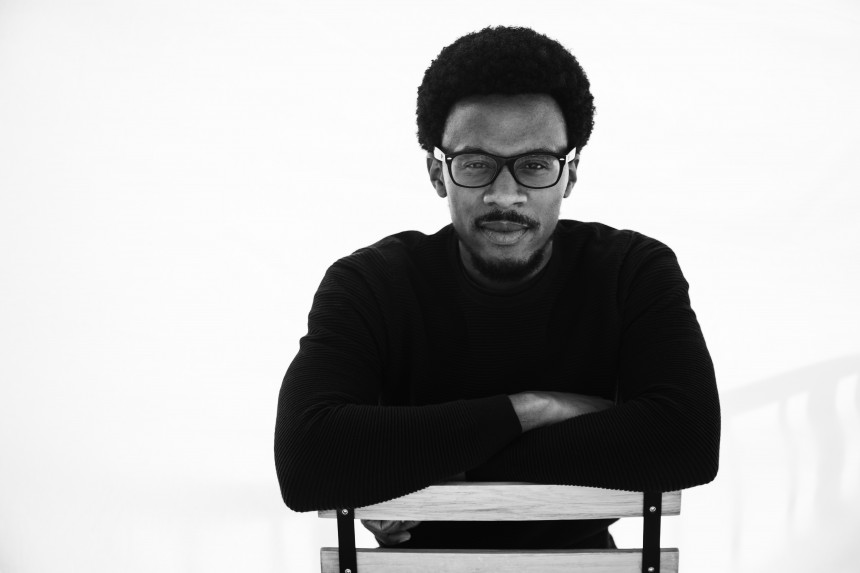
Germain continued to delve even deeper into the backbone of his music collection by examining what some claim to be a lost component in today’s digital age — the CD jackets. “I loved to read the credits and I wanted to know more about who was behind these records,” he reminisces.”There was almost no internet at that time, so everything looked very mysterious to me. I wanted to know more about the process.”
When posed with the task of defining exactly what an audio engineer’s job functions are in a contemporary music studio, Germain offered this succinct analogy: “If the song were a car, the producer is the like the owner and the engineer is driving it, leading the passengers in the best direction possible.” Studio engineering responsibilities range from operating a mixing console during live performance takes to maintaining the various recording equipment microphones and instruments in the studio and finally mixing down the actual recordings that will be structured into a completed song.
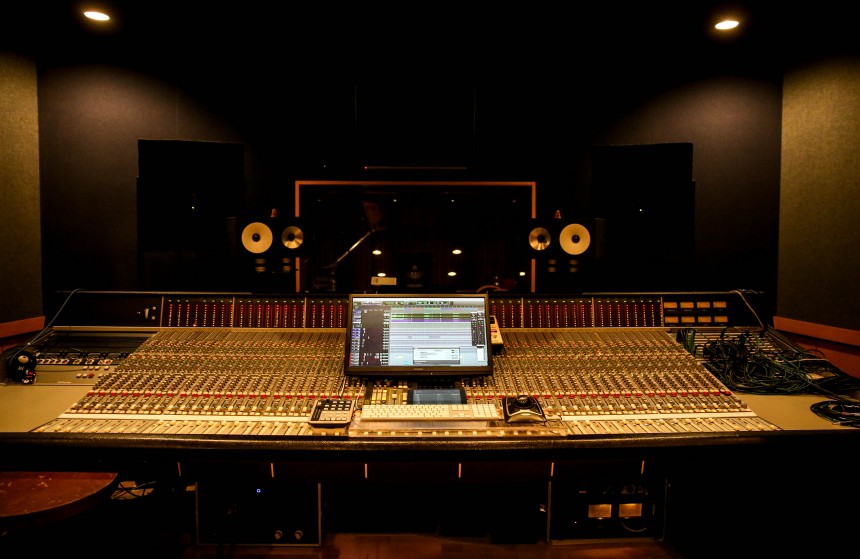
Germain notes that musical, acoustic, electrical and computer skills are absolute necessities in completing his daily roles as an audio engineer. He says that he is a “hybrid mixer,” utilizing both analog and digital equipment to balance the varying degrees of warmth, color and saturation that can be imbued into a recording and on the final mix down. He explains, “sometimes simple things like advising a different microphone on the vocal can make a big difference into the whole process. I like to force my clients to really listen and feel rather than think.”
Apart from his vast technical knowledge and studio know-how, Germain is also fluent in Japanese, English and of course, his native French. Being both a polylinguist and skilled engineer has only strengthened Germain’s aptitude in achieving optimum results while working with various colleagues over the years. “It’s really not about operating the equipment, this is secondary. Anyone can put a microphone in front of a singer or an instrument. Engineering is all about communication; you really need to understand what people are asking for and what they want,” he says. “Japanese is a complex language with a lot of nuances and untold things so you need to have a strong grasp on the language itself as well as cultural intuition to read between the lines.”
One of the Frenchman’s personal favorite projects has been with BananaLemon, an in-house DIGZ group that he has worked with with since their inception. Their bombastic “Girls Gone Wild” single is a club ready, ballroom-infused contemporary EDM/R&B production with a boundary-consuming take on a multicultural musical landscape which sounds like it should be a chart-topping hit. He hints at new BananaLemon recording sessions in the cards for the immediate future; and he will also be a part of a live sound team for the group’s upcoming performances in 2019.
Germain has an unbounded resolve to continue learning, creating and collaborating with artists in a variety of musical fields on a global scale with an inspiriting outlook on artistry. “No matter who you work with, music is an international language,” he says. “Sometimes when you have several people in the same studio speaking different languages it’s fascinating to see how people can communicate with only music. A recording studio is a temple of creativity where musicians and engineers can learn from each other and grow.”
Follow Germain on Instagram: instagram.com/mixedbygreg/
Germain’s personal website: gregory-germain.com




